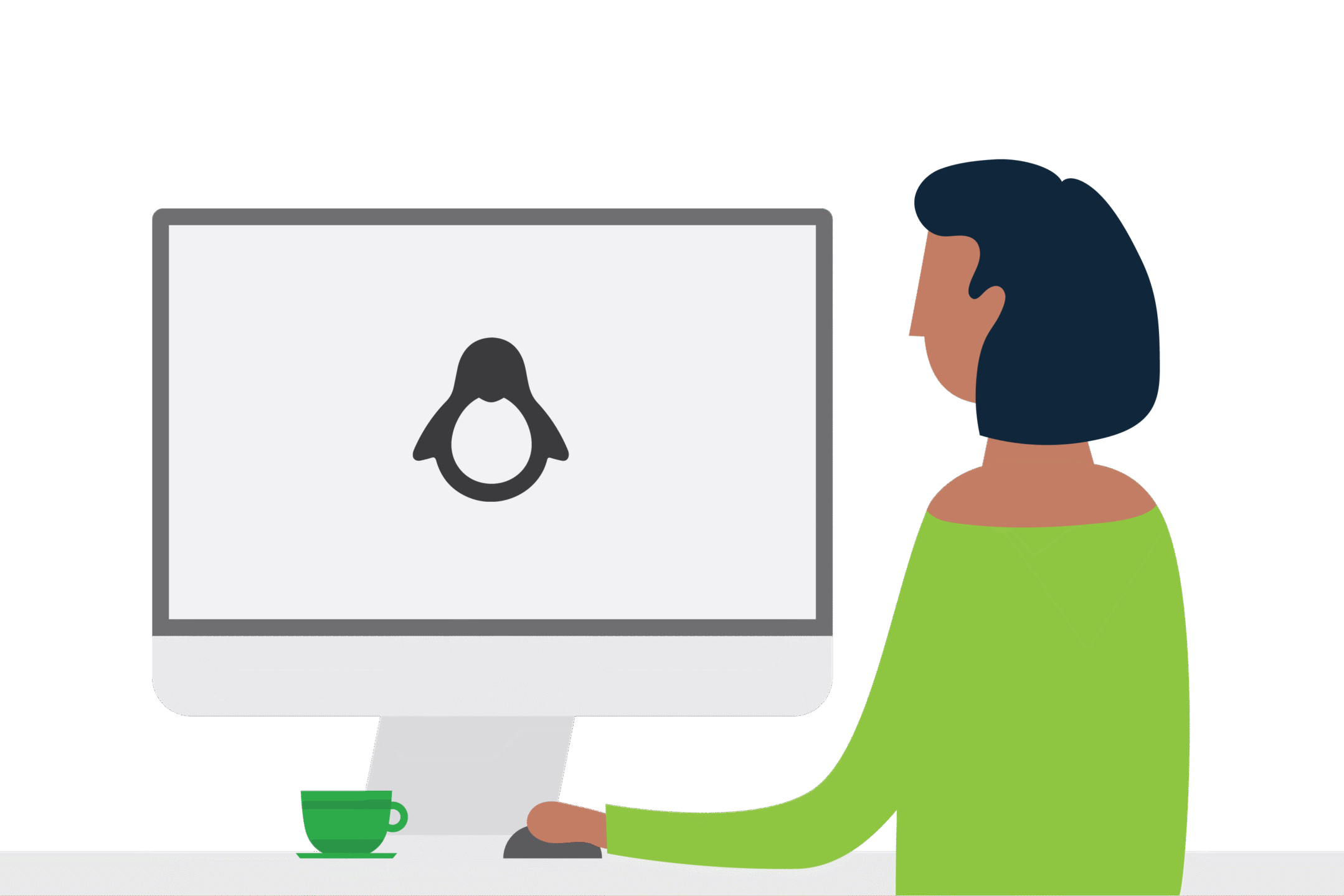Do business processes need to change in light of the Pandemic?
The short answer is yes. Let’s take a look at how and why.

How many employees does it take to change a light bulb?
Hopefully not too many; get the light bulb, remove the old light bulb, fit a new light bulb, dispose of the old light bulb.
How many employees does it take to identify the exact process of supplying light to a room? To design the required circuit to supply electricity to the room, fit the required lighting circuit, validate the correct quality of the delivered light and then switch on the resulting light bulb?
It’s a very different question.
If you need someone to complete a task, it would be nice to not need for them to understand the underlying system that manages that task.
Suddenly with a global threat, businesses realise that the way we conduct business is going to suffer from this exact problem.
For the first time in decades, employees are not allowed to travel to places of work, but there are business activities that require attendance at a location. Look at manufacturing… it’s unlikely that many workers will have the facilities to manufacture products at home (the logistics could prove problematic; your average domestic street not being equipped to handle lorries picking pallets up from number 15!). Also, health carers for example, still need to administer therapies directly to patients and this is somewhat tricky to accomplish remotely.
The problem: trying to keep the means of production or care open for business in a threat situation. The simplest means? Minimise the number of bodies in a single place. Keep non-essential tasks away.
Suddenly the definition of ‘non-essential’ just changed. In the past, it would have been anything that required an organisation to function. Now it’s any task that can’t be carried out on a computer. Why? Because we all know we have the means to work remotely. We know this because our foundation level suppliers tell us we can work remotely – but can your average user? Really?
Microsoft will tell you about Teams and SharePoint, Google will show you G Docs and Hangouts. Apple will bang on about the Apple Ecosystem. They all have a story, and the technology is impressive. However, they all have a single flaw; it’s all too flexible.
If I want to run my business on “MSShareDocPointTeams” (TM pending), my users need to learn how they work. They need to find, modify, export, change, save and move stuff. They need to work out what happens if they duplicate something. Heaven forbid they have to talk to someone from the other side of the fence (G-OneDocPointBox)!
MS is super smart, unless you’re trying to work with a Dropbox user, then it goes from clever to painful rather quickly. Hangouts is fantastic until you get a “non-Google” user to try and join in. Sharing Google Docs with a non-Google user generally means the recipient gets frustrated, creates a private account and links to that. Ask the ICO just how that tends to go down in GDPR challenges (pssst… it isn’t very secure)!
The technology is formidable, but it fails on all the most critical parts of the machine age. It doesn’t easily follow patterns and rules.
Microsoft OneDrive cannot (easily) supply a button that says ‘approve these POs’. It can’t easily show orders that need dispatching as they’re picked… for that, users will need to learn to log in. They will need to find the correct documents, open them, save them, move them, and hope that they don’t need to share them securely outside their organisation. After all, we still print lots of paper when we’re in our offices to do just this; except we’re not in our offices and paper doesn’t move between homes quite so easily.
The industrial revolution told us that to speed up and lower the cost of production; we had to standardise tasks. We had to ask workers (questionable working conditions/age/safety aside) to complete a task, just that task, and to make production efficient.
We didn’t give a worker the components of a wool loom and ask them to deliver us some jumpers.
That is exactly what this myriad of differing systems does; gives the average user a mass of scary, confusing complexity that they simply don’t need. This, in turn, makes it enormously hard to police data or audit activity and frustrates users.
There is a better way.
There must be; otherwise, I wouldn’t have bothered to write all this blurb in the first place! Give users the tasks they need rather than a toolbox; give them the button that says “approve this” or “process that”. By limiting the options, you are reducing the complexity – this makes sure that they only have to know their part of the data production line.
Putting documents into a system such as Square 9 GlobalSearch will give users a view of only the documents and information they need. By specifying the tasks and decisions they have to make, you give each team member their task in the process… thus building the loom for them.
What’s more, you don’t need paper documents to drive this. You also don’t need a specific type of computer – almost anything with an internet browser can manage it. Using this method means you don’t need hugely complex design and delivery projects, keeping things very simple. Square 9 offers a Business Basics instance of their Global Search C2 platform configured with basic accounts payable, HR, Contracts and accounts receivable that is open for business use in less than 48 hours… which is accessible from anywhere with a handful of internet.
And because they are nice people, right now they will also give the business unlimited user data storage for the life of the contract.
Will Business Basics do everything a business may want? No.
Will it know all of the little unique requirements your company has built up over the last however many years? No, of course not. But it will give you a sound basis to get started straight away. It will allow staff to work from home, keep processes going securely and safely and will do it cheaply, easily and fast enough to keep you moving.
What of the future? What about when the riders of the apocalypse have gone home for tea? You can expand the system, work on its almost unlimited customisation potential, add further tweaks and align it thoroughly with your business desires. So perhaps – most importantly – this is a gift that could keep on giving.
What happens next?
Businesses have to change. The bigger question is… what will companies do after this? Will they revert to the old way, risking all each time a challenge occurs? Or will we realise the benefits of home working and well-designed workflows, as well as specified and controlled tasks?
Henry Ford (possibly, if the internet is to be believed) said, “If I had asked people what they wanted; they would have said faster horses.” It’s time to change, and there’s good reason to. It will save money, it might help businesses weather the storms, and it may help reduce health issues. It will certainly mean that scary times are way less scary next time around (let’s just hope there is no “next time around” though)!
If you want to know more about simple to deploy document management solutions, contact us.


